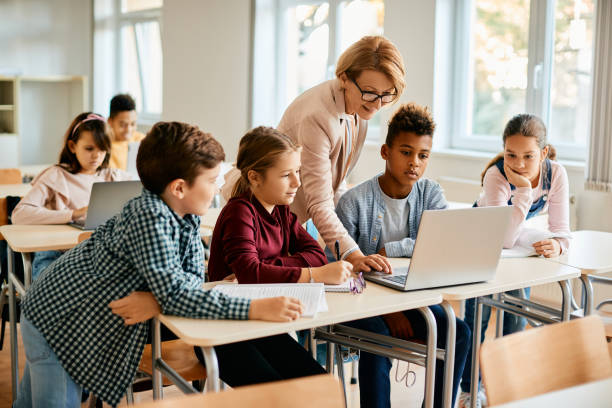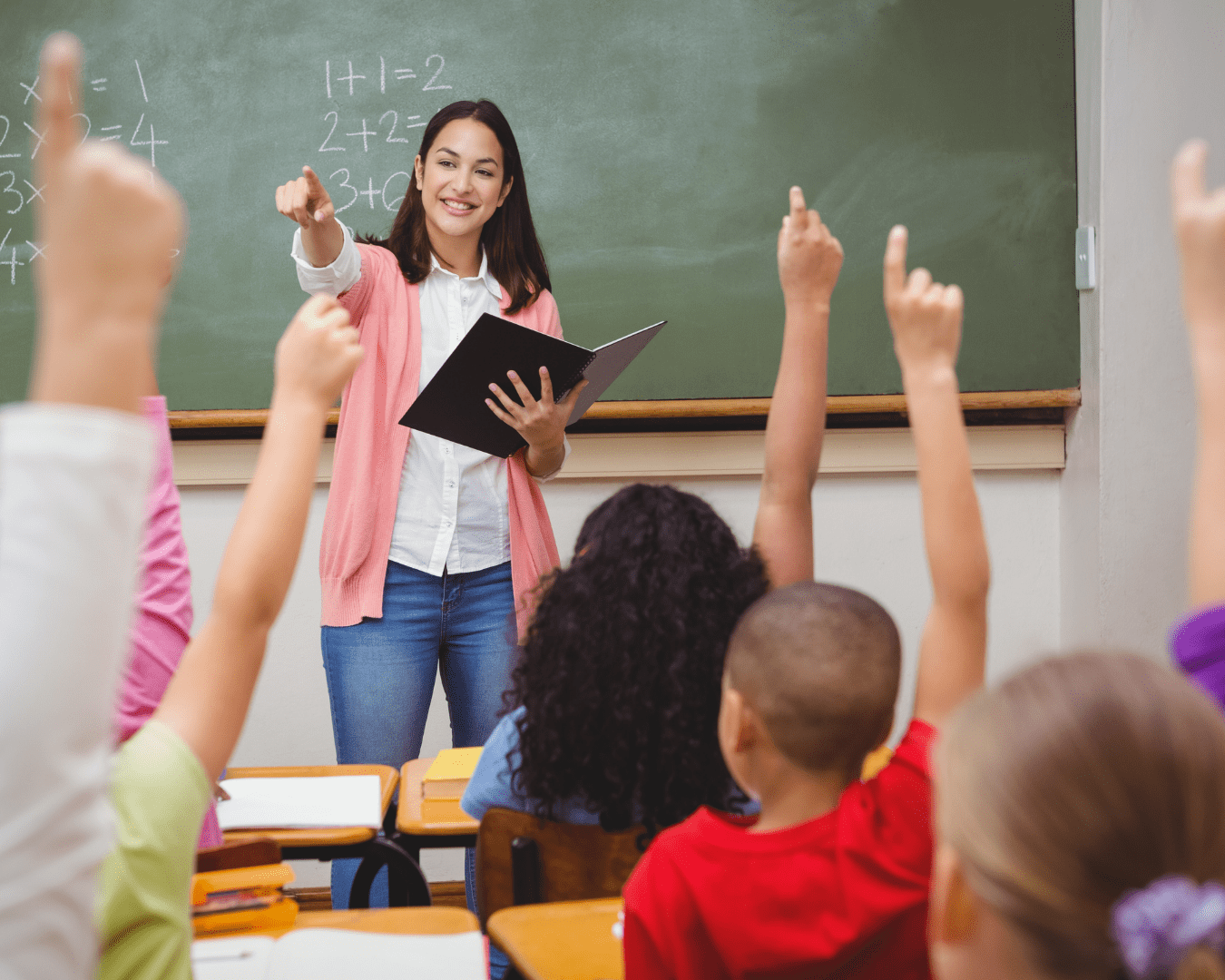Expert Tutors Offering Primary Science Tuition Singapore for All Grades
Wiki Article
Discovering the Different Teaching Methods in Main Scientific Research Education Today
The landscape of key scientific research education and learning is advancing, with different mentor strategies obtaining importance in contemporary class. Inquiry-based learning, hands-on experiments, and the integration of technology are redefining just how instructors involve young minds. Additionally, collaborative approaches and distinguished guideline are being utilized to accommodate the diverse demands of pupils, improving both interaction and understanding. As we take a look at these techniques, questions emerge about their performance and the ramifications for future instructional methods. What might these shifts in approach mean for the following generation of learners?Inquiry-Based Learning
Inquiry-Based Learning (IBL) is an instructional method that urges pupils to discover clinical principles through doubting, investigation, and hands-on experimentation. This technique stresses the duty of students as active individuals in their knowing, advertising crucial thinking and analytic abilities. By involving with real-world questions, pupils come to be interested and determined, which boosts their understanding of scientific concepts.In IBL, teachers serve as facilitators, assisting trainees as they navigate their queries as opposed to providing info directly. This student-centered technique permits distinction, fitting various learning speeds and designs. Students create abilities in developing hypotheses, creating experiments, and assessing data, which are crucial for clinical proficiency.
In addition, IBL fosters partnership among students, encouraging them to share findings and concepts. This cumulative questions promotes social abilities and a feeling of neighborhood within the classroom. Furthermore, the procedure of questions motivates strength, as trainees discover to accept failure as a stepping stone toward understanding.
Hands-On Experiments
Hands-on experiments are a vital component of effective scientific research education, complementing the concepts of inquiry-based discovering. These experiments enable students to involve directly with clinical ideas, promoting a much deeper understanding with experiential knowing. By manipulating products and observing results, young learners can comprehend abstract theories in substantial methods.Such tasks promote crucial thinking and analytical abilities, as students assume results, conduct experiments, and assess results. This procedure encourages them to ask inquiries, refine their understanding, and establish a clinical way of thinking. Hands-on experiments can be customized to diverse understanding designs, ensuring that all trainees have the opportunity to engage meaningfully with the web content.
Moreover, hands-on experiments typically urge collaboration amongst peers, advertising teamwork and communication skills. Functioning in groups enables trainees to share ideas, review findings, and gain from each other, which improves their total academic experience.
Including hands-on experiments into the main scientific research curriculum not only enhances the finding out setting yet additionally cultivates a lifelong interest in scientific research. By proactively taking part in their education and learning, pupils are extra most likely to create a passion for clinical questions that expands beyond the class.

Modern Technology Combination
Integrating innovation into key science education has become increasingly necessary in cultivating pupil involvement and boosting finding out outcomes. Making use of digital tools, such as interactive simulations, digital laboratories, and academic software application, supplies pupils with opportunities to discover clinical ideas in innovative methods. These resources facilitate a much deeper understanding of intricate subjects my response by enabling learners to picture and adjust variables that would certainly be impractical in a conventional class setup.Additionally, innovation integration urges customized learning experiences. Pupils can proceed at their own speed, taking another look at challenging principles with multimedia resources, which accommodate various discovering styles. This versatility not just sustains specific growth however also cultivates a feeling of autonomy in learners.
Additionally, modern technology serves as a bridge to real-world scientific research, linking trainees with current research study and expert payments. Access to scientific journals and on the internet data sources widens students' point of views on clinical query and fosters crucial assuming abilities.
Collaborative Understanding
Collective understanding plays a vital function in key science education and learning by cultivating teamwork and communication abilities amongst students. This technique urges learners to function with each other, share understanding, and participate in problem-solving, which enhances their understanding of scientific ideas. By getting involved in team activities, pupils find out to articulate their ideas, listen to diverse point of views, and discuss remedies, all of which are vital abilities in both scholastic and real-world contexts.Research shows that joint knowing can cause boosted inspiration and interaction in scientific research subjects, as trainees find satisfaction in shared experiences (primary science tuition Singapore). Furthermore, this strategy prepares trainees for future joint ventures, outfitting them with the skills required for efficient synergy in college and specialist environments. Inevitably, embracing collective click over here now understanding in primary science education can substantially improve the learning experience and promote a deeper understanding of clinical inquiry
Separated Guideline

Distinguished direction can materialize in numerous means, such as differing the material, processes, or items of learning. Teachers may utilize tiered projects that provide differing degrees of intricacy, enabling trainees to work at their corresponding preparedness levels. Additionally, flexible organizing approaches can assist in partnership among pupils with various capabilities, fostering peer understanding.
Evaluation plays an essential function in this technique, as it notifies guideline and assists teachers recognize each pupil's special needs. Developmental assessments, such as monitorings and quizzes, can lead instructors in changing their techniques to enhance discovering results. primary science tuition Singapore. Eventually, by executing distinguished guideline in primary scientific research education, instructors can grow a much more fair and reliable learning atmosphere, encouraging all trainees to reach their full capacity in recognizing scientific phenomena
Verdict
In recap, the varied teaching techniques in i thought about this key science education and learning, consisting of inquiry-based knowing, hands-on experiments, modern technology integration, collective understanding, and separated guideline, jointly contribute to a more efficient learning setting. These approaches advertise vital reasoning, problem-solving abilities, and a deeper comprehension of scientific concepts. By executing these approaches, educators can create engaging and supportive class that resolve the diverse demands of pupils, inevitably cultivating a lifelong interest in science and boosting scholastic success.Inquiry-Based Understanding (IBL) is an instructional strategy that urges pupils to discover scientific concepts through questioning, examination, and hands-on trial and error.Collective understanding plays an essential function in primary scientific research education by fostering team effort and communication skills among pupils.Research shows that collaborative learning can lead to raised motivation and interaction in scientific research subjects, as pupils find satisfaction in common experiences.In fostering a comprehensive learning setting, distinguished guideline arises as an essential strategy to fit the diverse needs and abilities of students in key scientific research education and learning. Eventually, by implementing set apart instruction in key science education and learning, educators can grow a more fair and efficient understanding environment, equipping all trainees to reach their complete potential in recognizing scientific sensations.
Report this wiki page